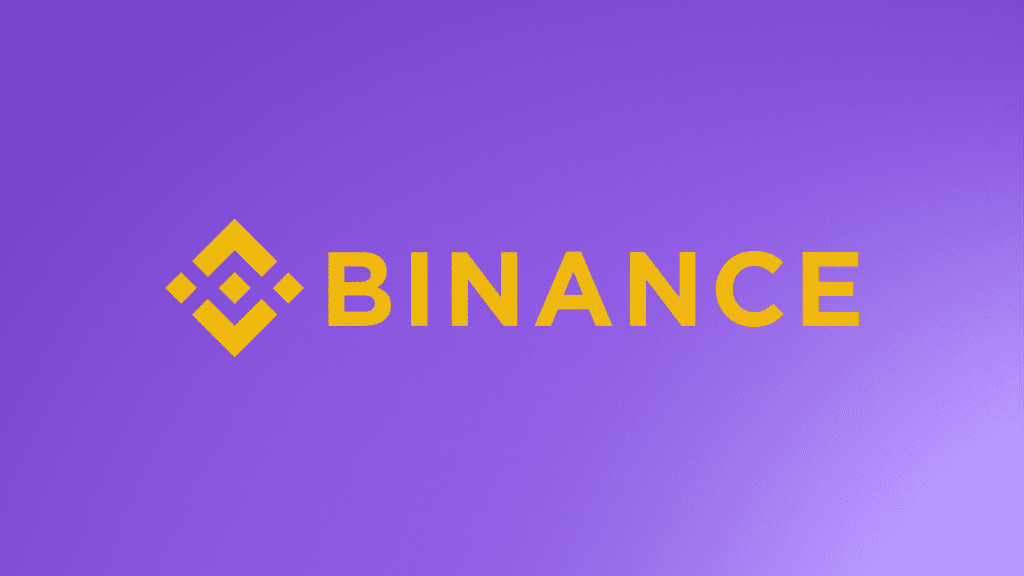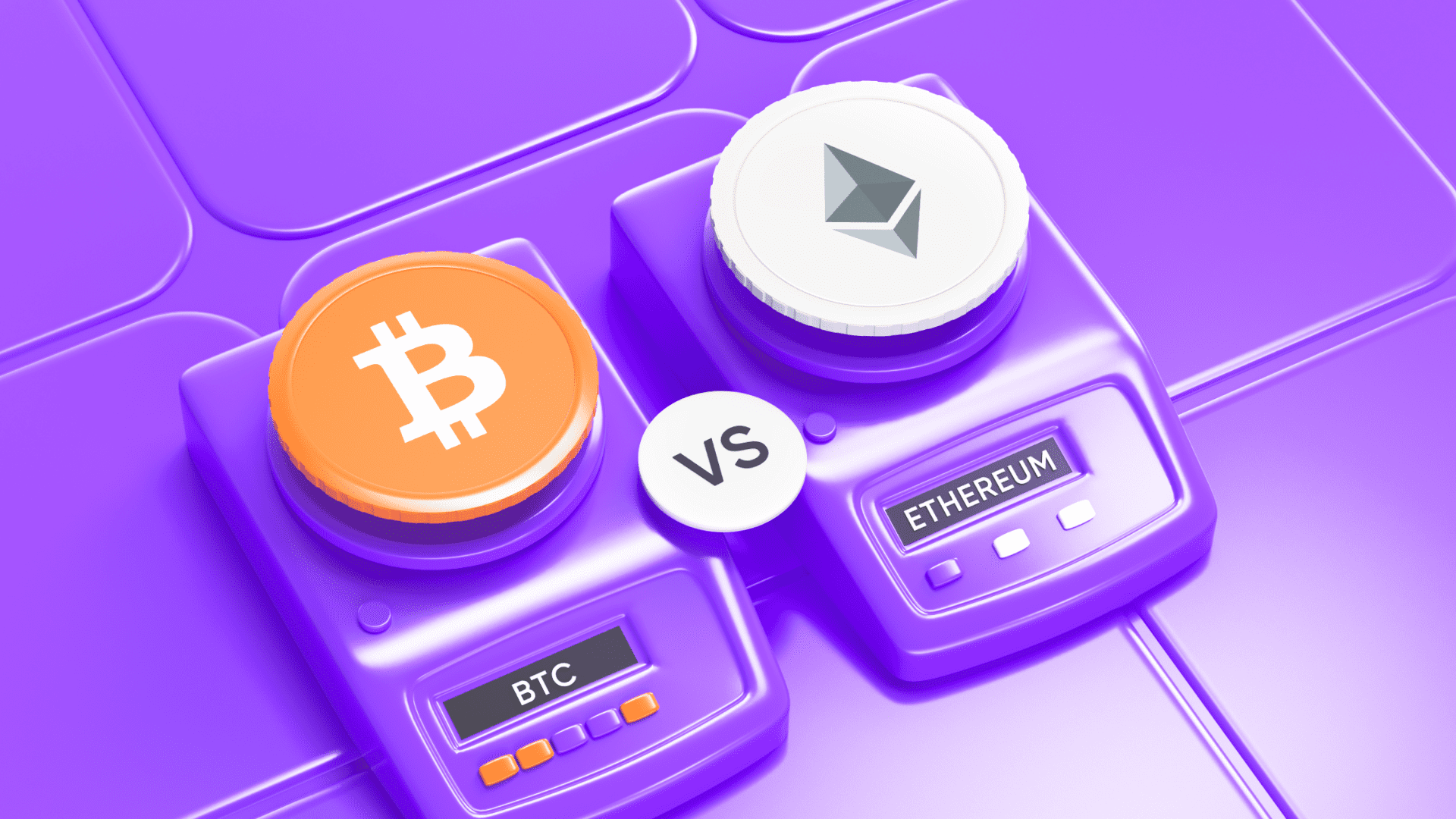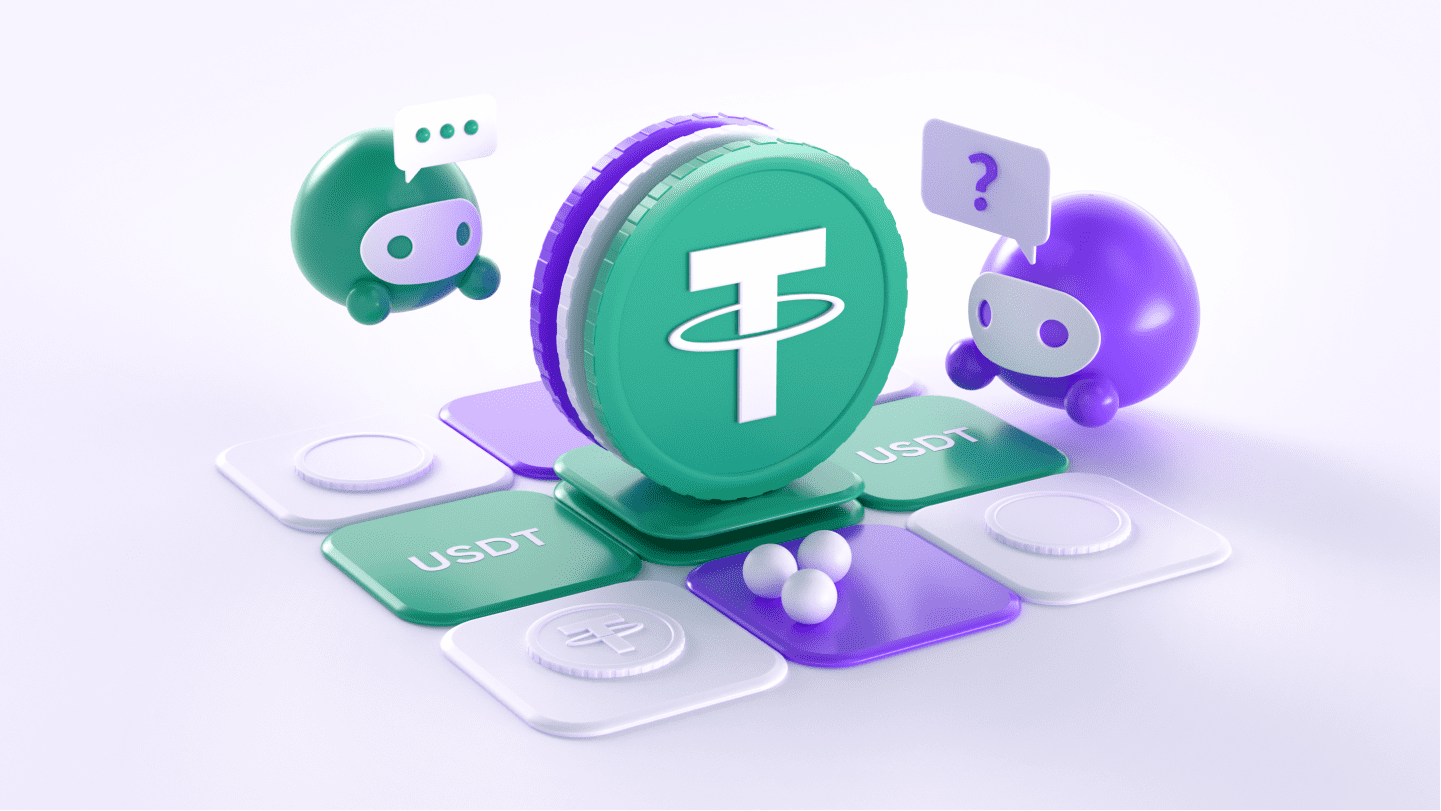
How many types of cryptocurrencies are out there? Well, Forbes Advisor mentions a number of over 22,000. Cryptocurrencies serve various purposes such as trading, purchasing goods and services, being an alternative to fiat currency, and even creating and using decentralized applications.
It is significant to know what types of cryptocurrencies exist, what they are used for, and how they differ.
How It All Works
Before we look at the types of cryptocurrencies, let’s get to know the technology that makes it all possible. Meet blockchain, without which there would be no crypto.
Blockchain is a decentralized database where information about cryptocurrency trades and transactions is stored. Each block in the chain holds data about the previous one, and cryptography secures the system.
All kinds of cryptocurrencies work on the blockchain.
Blockchain is a decentralized system. All transaction data is recorded and stored in a distributed ledger, which is accessible to all network participants. They verify and confirm operations, and identification for transactions is not required.
Now, about cryptocurrencies.
Cryptocurrencies exist only in digital form. All their functions and capabilities are built into the original algorithm. Transfers occur without the involvement of an intermediary – bank, or other financial entity. The issuance of new units or the destruction of old ones also takes place according to predetermined rules.
For operations with cryptocurrencies, people use crypto wallets. They provide access to a virtual account using public and private keys. Transactions performed in the blockchain are created and signed thanks to these keys.
Main Types of Cryptocurrencies
Bitcoin is the OG of cryptocurrencies. It has a special status and doesn’t fit into any category. The other digital assets can be divided into several types.
Altcoins
Essentially, alternative coins are all cryptocurrencies except Bitcoin. They can have their blockchain or be created based on existing ones. Usually, they are to strengthen specific aspects or offer an alternative mining option. E.g., the Ethereum blockchain provides a platform for creating and launching smart contracts and Dapps.
Obtaining a new cryptocurrency algorithm by modifying an existing one is called a fork.
There are two types of forks:
- Softfork is a more flexible way. It can be initiated by cryptocurrency developers or creators to improve performance, as well as to make additional network rules or change the size of a certain block. Softfork does not invalidate the previous version of the protocol.
- Hardfork is a process that can result in a new cryptocurrency, as happened with Ethereum in 2016. After a hacker attack, developers decided to do a fork to give stolen funds back to owners. It led to a split of cryptocurrency into Ethereum and Ethereum Classic.
Tokens
These digital assets create added value within the existing blockchain. Tokens were created to support smart contracts, but there are other uses for them.
For example, crypto companies may allocate them as part of Initial Coin Offering (ICO) and Security Token Offering (STO). This is how founders and devs raise funding and provide access to their products or services. Tokens can be used to vote online, participate in a loyalty program, or represent real assets in a distributed ledger.
Stablecoins
This type of cryptocurrency solves the problem of volatility. Stablecoins are pegged to fiat currency or another classical asset, which ensures the stability of the asset’s price and allows users to conduct transactions with minimal fluctuations in value.
There are also algorithmic stablecoins, which use a set of instructions or rules. The purpose of these algorithms is to drive market behavior and stabilize the price of the coin. For example, DAI stablecoin achieves a price peg to the USD using decentralized algorithmic mechanisms to manage cryptocurrency collateral.
NFTs
The non-fungible token is a digital asset with unique properties. It can be a digital image, collectible cards, a character or item in a game, a virtual property, a music track, and more. NFTs give digital assets authenticity and make it impossible to counterfeit them, which makes them very valuable to collectors and art historians.
Cryptocurrencies Examples
It is hard to cover all types of cryptocurrencies – there are so many of them (we have already written about USDT, check it out). Therefore, we have selected a few assets that are worth knowing.
Bitcoin (BTC)

When you mention cryptocurrency, you probably think of Bitcoin, created in 2009 by an unknown alias Satoshi Nakamoto. In 2011, Bitcoin reached $1 for the first time, and at the time of this writing, its price was hovering around $26,450. One can only envy those who believed in crypto at the very start.
Bitcoin is the first and most famous cryptocurrency to hit the market. The reasons for its popularity are a reaction to financial crises and people’s distrust of traditional financial systems. Bitcoin offered an alternative that gave users control over their funds.
The growing support and acceptance from large corporations, investors, and some governments strengthened Bitcoin’s position over time. And the limited supply of coins (there can only be 21 million of them) makes Bitcoin a kind of digital gold, contributing to its value over time.
Ethereum (ETH)

It is the second most widely known cryptocurrency after Bitcoin. Ethereum is a digital asset and also a platform for developing and deploying smart contracts and decentralized applications. Developers can create and launch their digital projects and smart contracts based on Ethereum thanks to its flexibility and functionality. This is why Ethereum is a constant source of innovation in DeFi.
Binance Coin (BNB)

As you might guess, Binance Coin is a currency issued by the Binance cryptocurrency exchange. Among other practical applications, it is used to pay for commissions on the Binance platform, participate in lotteries, and receive discounts. BNB is also used to support projects on the Binance Smart Chain blockchain, making it a significant part of the Binance ecosystem.
Binance USD (BUSD)

Binance USD is another digital creation of Binance, this time in the form of a stablecoin pegged to the U.S. dollar. BUSD represents a digital version of the USD and is used for fast and cheap transactions on the platform’s blockchain.
Dai (DAI)

DAI is an innovative cryptocurrency that combines the stability of fiat with the benefits of blockchain technology. This decentralized stablecoin is created on the Ethereum blockchain and pegged to the U.S. dollar through smart contracts and management algorithms that automatically maintain the DAI rate following the USD price.
DAI coins are issued and redeemed without third-party intervention, making them an excellent alternative to traditional fiat currencies. DAI has open-source code, allowing developers to create integrations and build decentralized applications based on this cryptocurrency.
DAI is resistant to the volatility of the cryptocurrency market, making it attractive for storing value and conducting transactions.
TON Coin (TON)

The TON project was developed by the Telegram team as a blockchain platform. Today, TON is managed by an independent community of developers and positions itself as an evolving ecosystem for startups. Gram, TON’s original native token, never saw the light of day, but its coin – TON Coin – later appeared. TON Coin is integrated into Telegram, and you can buy it directly in bots like CryptoBot or TON Rocket.
Monero (XMR)

Monero is a private and anonymous cryptocurrency. It focuses on ensuring the complete confidentiality of transactions and network participants. Monero uses ring signatures, stealth addresses, and random addresses. Monero is used for financial transactions, e-commerce, and also charitable giving, allowing people to donate without revealing their identity or financial information.
Cryptocurrencies by Algorithm
Cryptocurrencies work differently. Their methods of operation are also called protocols, algorithms, or mechanisms. Let’s look at the three most important ones.
Proof of Work
Proof of Work is one of the most well-known and widely used protocols. Its essence is the solution to complex mathematical problems. By solving them, miners can create new blocks and add them to the transaction chain.
The most famous example is Bitcoin. Miners compete against each other, and when they find the right solution, they announce a new block and are rewarded with bitcoins.
Proof of Stake
Proof of Stake is the second most widely used protocol. Instead of solving complex mathematical problems, miners must have a certain amount of the existing cryptocurrency, which they freeze or stake. That is, they put it up as collateral for a reward.
In the Polkadot network, miners called validators stake DOT tokens to earn the right to create blocks and participate in securing the network. The more DOTs a validator stakes, the more chances they have to be selected and rewarded for creating blocks.
Proof of History
The third on our list of algorithms is Proof of History. This method is used to create a unique and immutable sequence of timestamps. It allows participants in the network to quickly determine when each transaction took place and the order in which they were added to the blockchain.
Solana (SOL) is a good example. The Proof of History algorithm provides the network with high scalability, speed and efficiency
All of these methods are an important part of the cryptocurrency ecosystem, whose goal is the reliability and security of operations in the digital world.
Cryptocurrencies by Emission Type
Emission is the process of creation and issuance of new coins or tokens. Cryptocurrencies are issued and distributed in the market depending on the protocol. For example, cryptocurrencies based on the Proof of Work protocol are mined. There are other models for issuing and distributing cryptocurrencies:
- Max Supply. It means the limit on the amount of coins that can be issued, which affects the demand and price of the cryptocurrency. For example, Bitcoin is limited to 21 million coins.
- Pre-mining and pre-sale. Cryptocurrencies are distributed or sold to participants before public release. An example is Ripple (XRP) with coins distributed through sales and cooperation with financial institutions. This approach may attract funding and users. However, it raises questions about the fairness of distribution.
- Complexity Changing Algorithms. The complexity of mining is regulated by the computing power of the network. For example, Monero (XMR) uses the CryptoNight algorithm. It analyzes the time it takes to create a new block; the shorter it is – the harder it is to mine.
- Distribution through network participation. Quick example: Cardano (ADA), where the issue and distribution of coins depend on the contribution of coin owners and their level of participation in the protocol.
Creators and developers use and combine elements of these models following their goals and project philosophy. The importance of choosing a method of coin issuing and distributing cannot be overstated as it affects the value and use of cryptocurrency in the market.
How you can use all those cryptocurrencies
It all depends on your goals. For example, popular cryptocurrencies like Bitcoin or Ethereum have a broad user base and are suitable for selling and trading, while less popular coins like Zcash (ZEC) and Monero (XMR) are geared toward confidentiality and anonymity.
No matter which currency you purchase, it’s important to ensure security. Non-custodial services can help reduce the risk of losing funds or hacker attacks. Private keys and personal data are stored directly on your device, allowing you to manage your cryptocurrency portfolios without third-party involvement. Another plus is that non-custodial services do not require personal information to register.
You can exchange cryptocurrencies on centralized and decentralized exchanges, platforms, online services, and wallets. However, not all offer the ability to buy, sell and withdraw fiat cryptocurrency. This can be done through a P2P exchange. And this is where Monetory comes in handy. The service gathers and organizes offers from exchanges, P2P platforms, and local exchangers to allow users to profitably buy, sell or swap crypto for fiat and vice versa.
Moreover, with P2P exchange you can benefit from the difference in currency rates on different exchanges and local exchangers. You are not limited to buying and selling only “popular” cryptocurrencies – the potential for profitable combinations with lesser-known currencies is enormous. Monetory selects profitable offers for P2P transactions with 59 coins and 154 fiat currencies. And with the Monetory.Puzzle constructor, you can efficiently track down combinations with a positive spread, systematize them, and even create them yourself! So why not try?
Read our blog, level up in P2P, and may the profits be with you!






